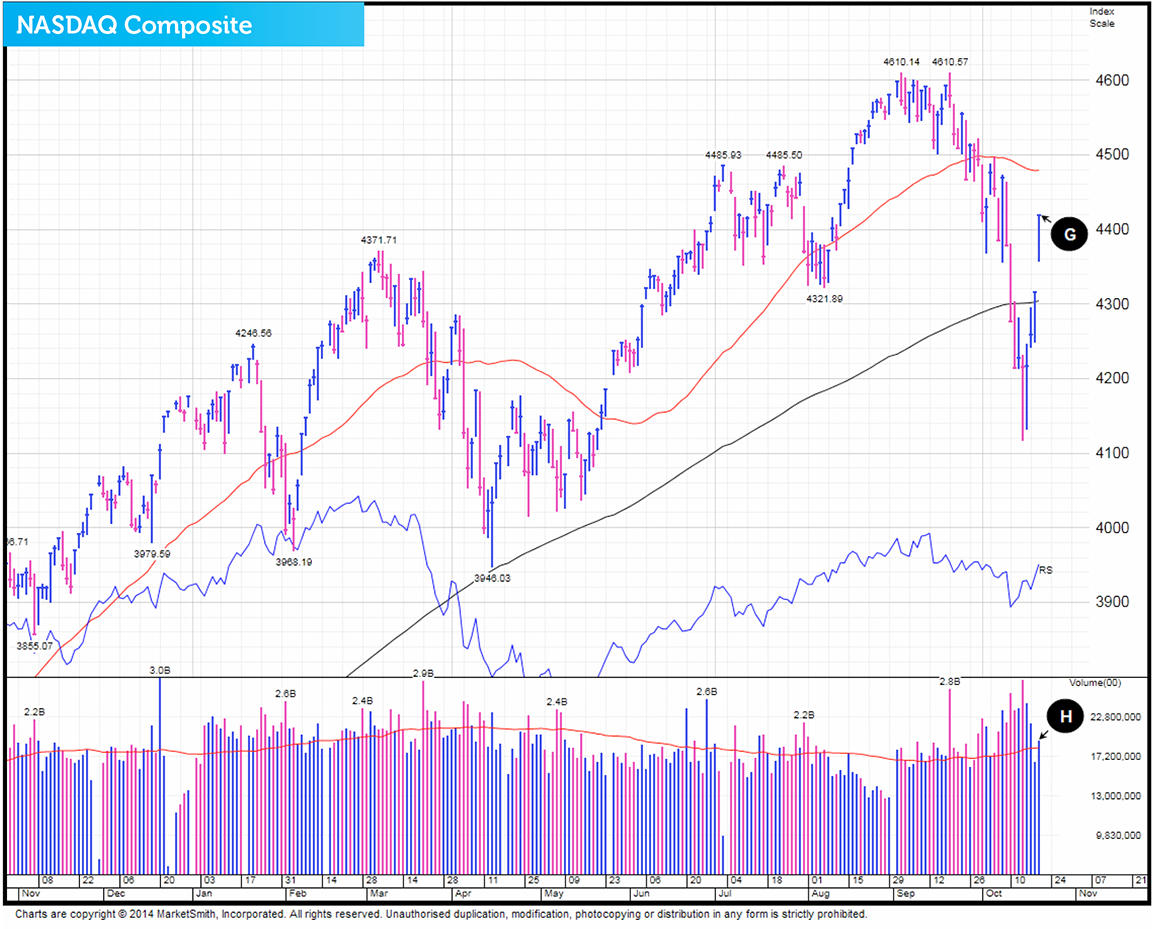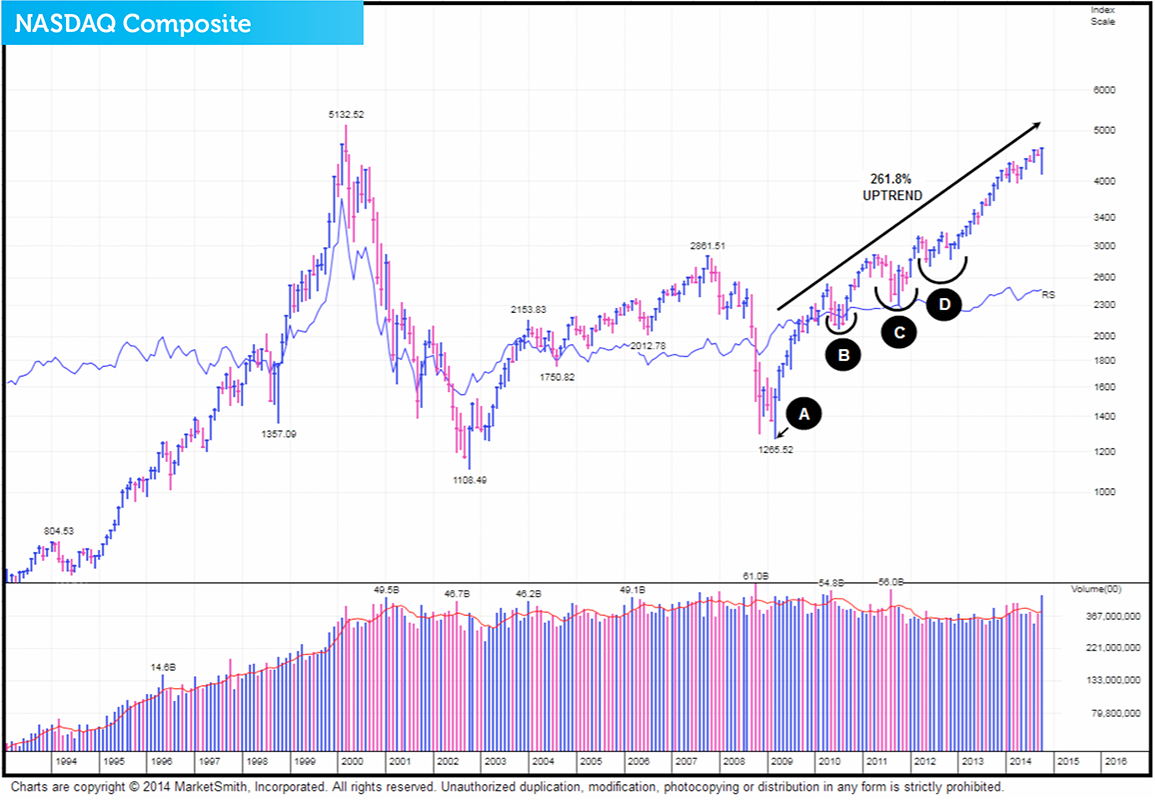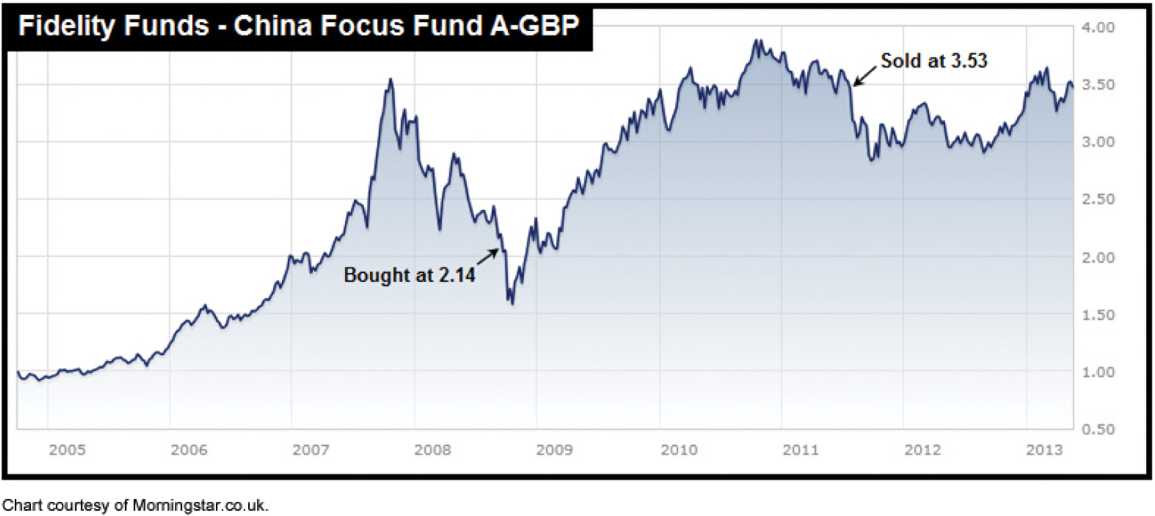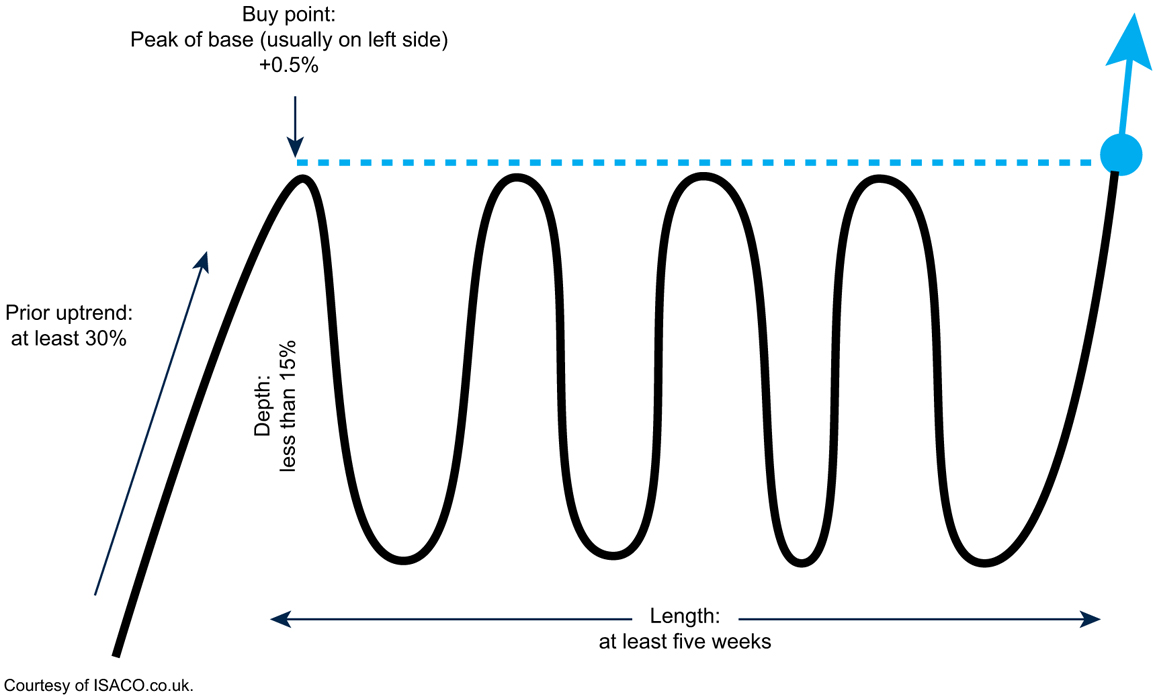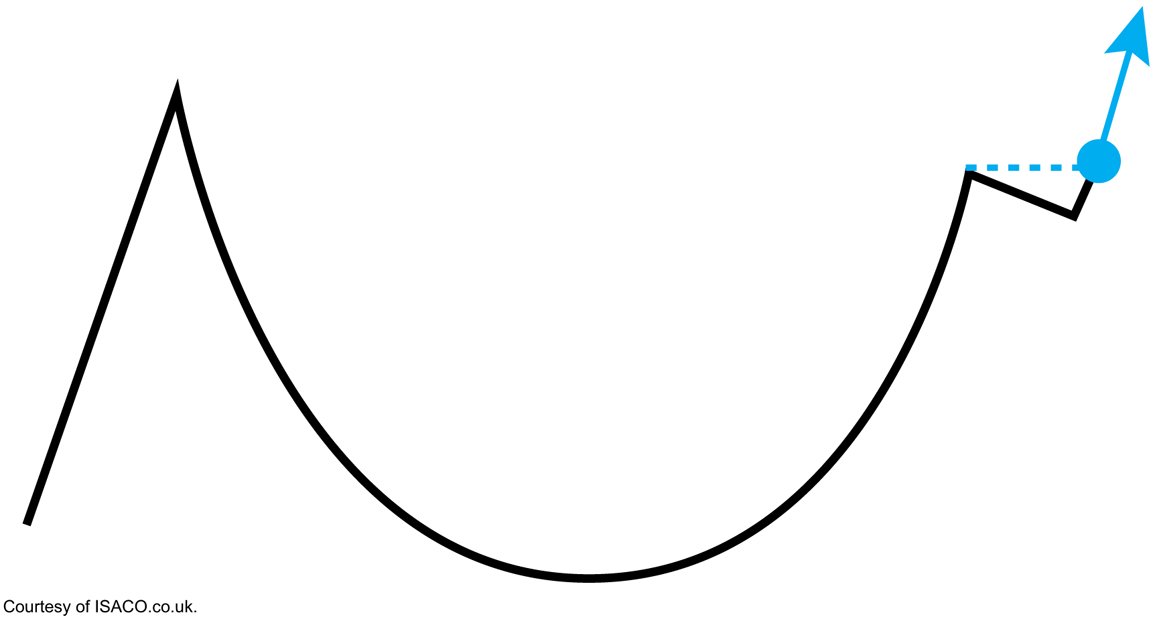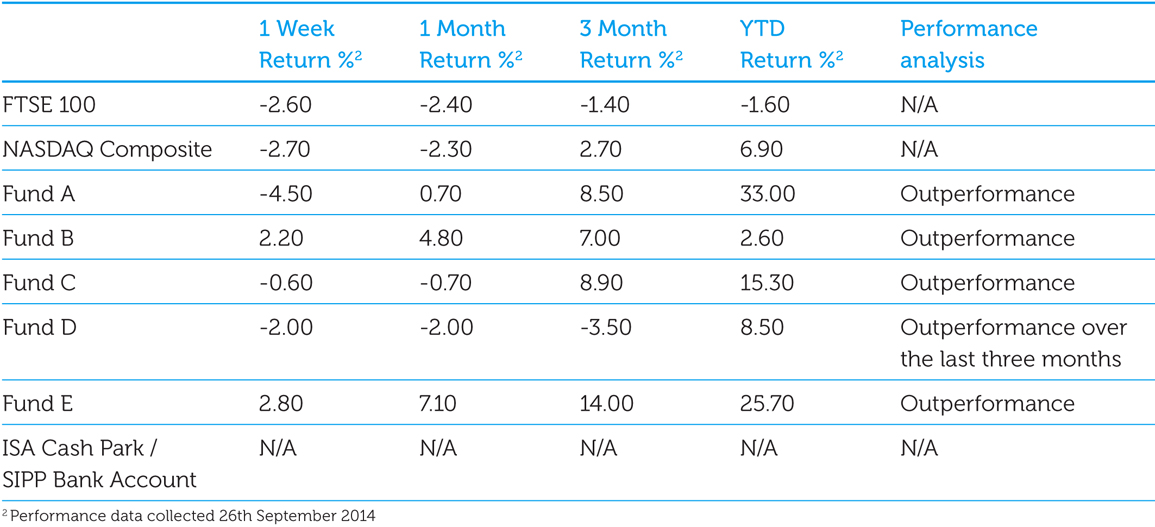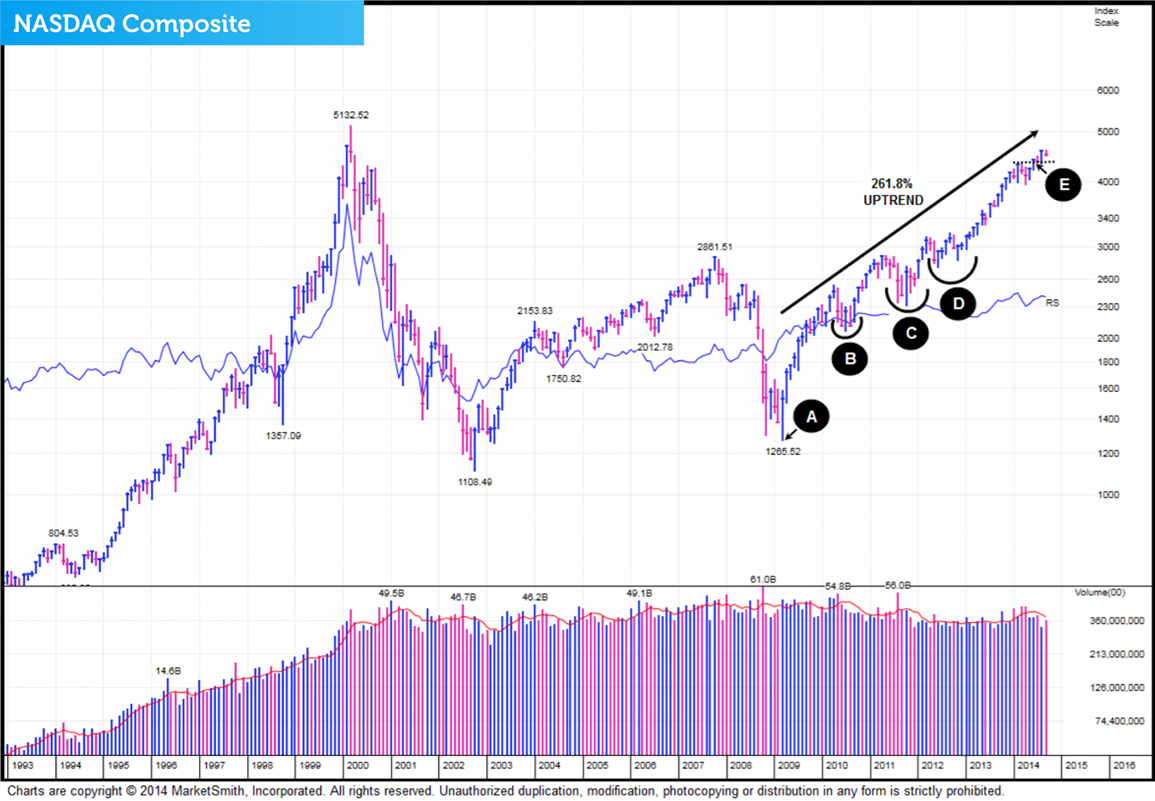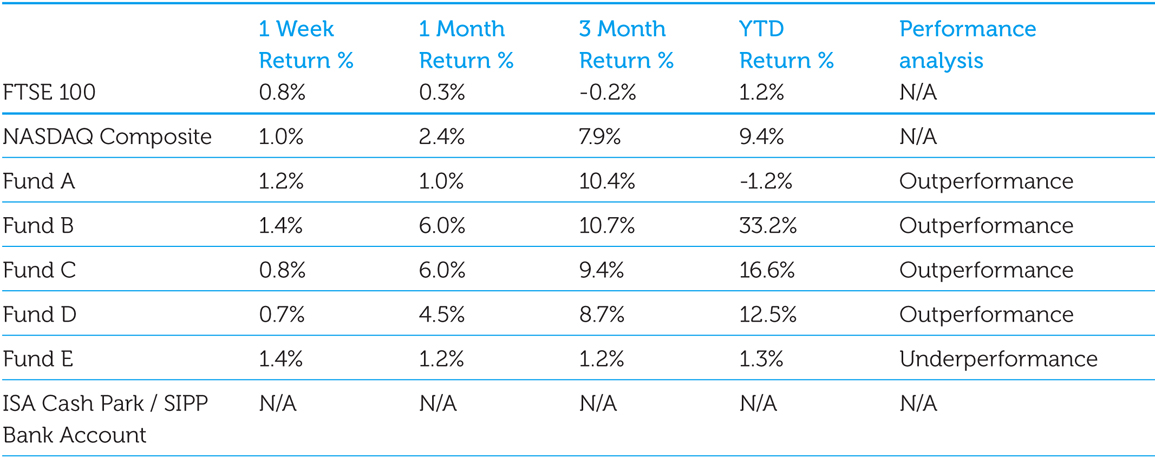This information is taken from The Big Picture, to download a sample copy please just click here.
How to spot if the market has changed its trend
This is the third in a new series of posts, where we're looking in detail at timing your fund investments. In our last two posts we discussed the importance of recognising chart patterns when timing buys. In this post we'll go on to look at stop losses.
Tags: Fund timing, Investment strategy, Investment tutorials
This is the second in a new series of posts, where we're looking in detail at timing your fund investments. In our last post we discussed the importance of recognising chart patterns when timing buys and covered the cup-with-handle pattern in partcular. In this post we'll go onto look at the flat base pattern.
Tags: Fund timing, Investment strategy, Investment tutorials
This is the first in a new series of posts, where we'll look in detail at timing your fund investments.
If you would like to know more, please just download our free report Fund Timing: When to Buy and When to Exit.
After speaking to a huge number of DIY investors over the past 15 years, we’ve learned that many feel reasonably comfortable selecting which funds to invest in but have problems knowing when to buy and when to exit. We’ve also found that most investors become uncertain about whether to hold on to their fund once they’ve bought it, especially if it drops in price just after they’ve purchased it.
Tags: Fund timing, Investment strategy, Investment tutorials
Which of our funds are in the money flow?
Each month we like to make sure that the funds we own are acting right. In our opinion, as well as long-term performance being a key factor in fund selection, the short-term performance of a fund is very important once you own it. It’s vital because we’ve noticed that strong funds tend to get stronger and weak funds tend to get weaker.
Is the market's current correction a concern?
In this series of posts we've been looking in detail at 7 of the most common mistakes that investors make. In this post, we'll conclude with our nine investment lessons for success. By trying to avoid the mistakes and adhering to the lessons, you are probably going to have a much better chance of reaching your goals.
The 7 most common mistakes investors make: Mistakes number 6 and 7
In this series of posts we're looking in detail at 7 of the most common mistakes that investors make. In this post, we'll be looking at mistake number 6, 'not keeping score' and mistake number 7, 'investing too conservatively'.
Which of our funds are in the money flow?
Each month we like to make sure that the funds we own are acting right. In our opinion, as well as long-term performance being a key factor in fund selection, the short-term performance of a fund is very important once you own it. It’s vital because we’ve noticed that strong funds tend to get stronger and weak funds tend to get weaker.

